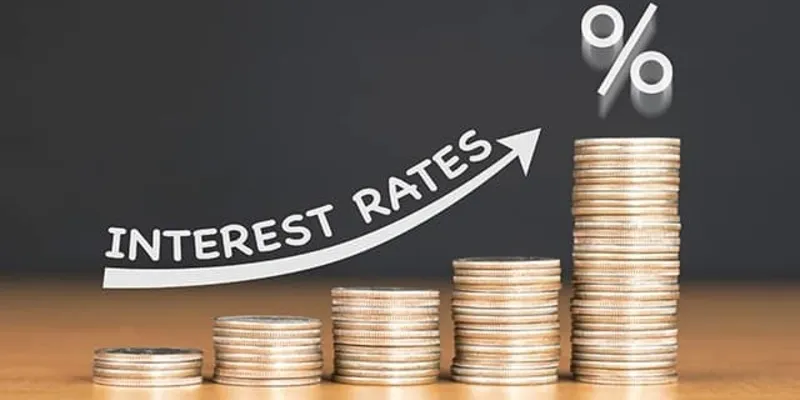Are Student Loans Simple or Compound Interest? Understanding the Differences
When considering taking out a student loan, understanding the types of interest that apply is crucial for grasping the true cost of borrowing. Whether you are borrowing for tuition, textbooks, or living expenses, student loans come with interest rates that significantly influence how much you’ll ultimately pay.

You may have heard of “simple interest” and “compound interest,” but these terms can be confusing when applied to loans. This article will break down what each term means and explain which one applies to student loans.
What is Simple Interest?
Simple interest is calculated by applying the interest rate only to the original principal sum, without compounding on any accrued interest. Unlike compound interest, simple interest remains fixed throughout the duration of the loan or investment. This means the interest you pay each period will be constant.
For example, if you borrow $10,000 at a 5% annual interest rate using simple interest, you will pay $500 a year in interest. This $500 is deducted from the principal of $10,000 every year and does not change, regardless of the loan’s length. Over five years, you would pay a total of $2,500 in interest.
Simple interest is common in short-term loans or investments, such as auto loans or personal loans. It can also apply to student loans, especially federal loans where interest does not accrue during certain periods. This makes simple interest more predictable, allowing you to easily determine your annual payments. Many borrowers find this option manageable since monthly payments remain stable and predictable.
What is Compound Interest?

Compound interest is more complex. It calculates interest not only on the principal amount but also on the interest that has already been added to the loan balance. This means each year, you are paying interest on interest, causing the loan balance to grow faster over time.
For instance, if you have a $10,000 loan with a 5% interest rate and the interest is compounded, you would pay interest on the original $10,000 in the first year. In the second year, your interest would be calculated on $10,500, the sum of the original principal and the accrued interest. This effect continually builds, and the actual amount owed can grow more rapidly than with simple interest over time.
Compound interest can be significantly more costly, especially for long-term loans like student loans. If your loan accrues compound interest, understanding how payments affect the overall cost of the loan and how interest accumulates is crucial. This type of interest can sometimes surprise borrowers, as they may not realize how much more they owe over the course of the loan term.
Are Student Loans Simple or Compound Interest?
Do student loans use simple or compound interest? The answer largely depends on the type of loan you have.
Federal student loans, such as Direct Subsidized Loans and Direct Unsubsidized Loans, generally use simple interest. This means interest is calculated based on the principal amount borrowed. However, federal loans may have capitalization of interest.
This means any interest that accrues while you are in school or during a deferment period might be added to your principal balance. After that, the loan might start accruing interest on the new, higher balance, similar to how compound interest works. Though this doesn’t technically make federal student loans compound interest loans, it can still increase the loan balance if interest isn’t paid during certain periods.
Private student loans, however, can vary. Many private lenders use compound interest , meaning interest will accumulate on both the principal and any accrued interest. Private student loans can grow faster, especially if you’re not making payments during your time in school. It’s important to note that interest on both federal and private student loans may start accumulating as soon as you borrow the money, depending on the loan type and whether it compounds or not.
Which is Better: Simple or Compound Interest for Student Loans?

The answer to this question depends on the loan terms and your ability to manage payments. Simple interest loans are easier to understand, while compound interest loans can lead to higher costs if you don’t stay on top of payments.
Federal student loans are often considered more favorable due to their fixed interest rates and the possibility of having some interest subsidized by the government while in school. Even though federal loans may capitalize interest under certain conditions, they generally use simple interest, making them easier to predict and control.
Private loans, while sometimes offering lower interest rates, often use compound interest, making them more expensive over time. When choosing between federal and private loans, understanding the terms, including how the interest is calculated, is crucial to ensuring you make the best financial decision for your future.
Conclusion
To wrap up, student loans can be based on either simple or compound interest, and the type of interest will significantly impact how much you ultimately pay. Federal student loans generally use simple interest but may have interest capitalization, creating a compound-like effect if you don’t make payments during deferment periods. Private student loans often use compound interest, leading to higher repayment amounts over time as interest accumulates on both the principal and interest.










